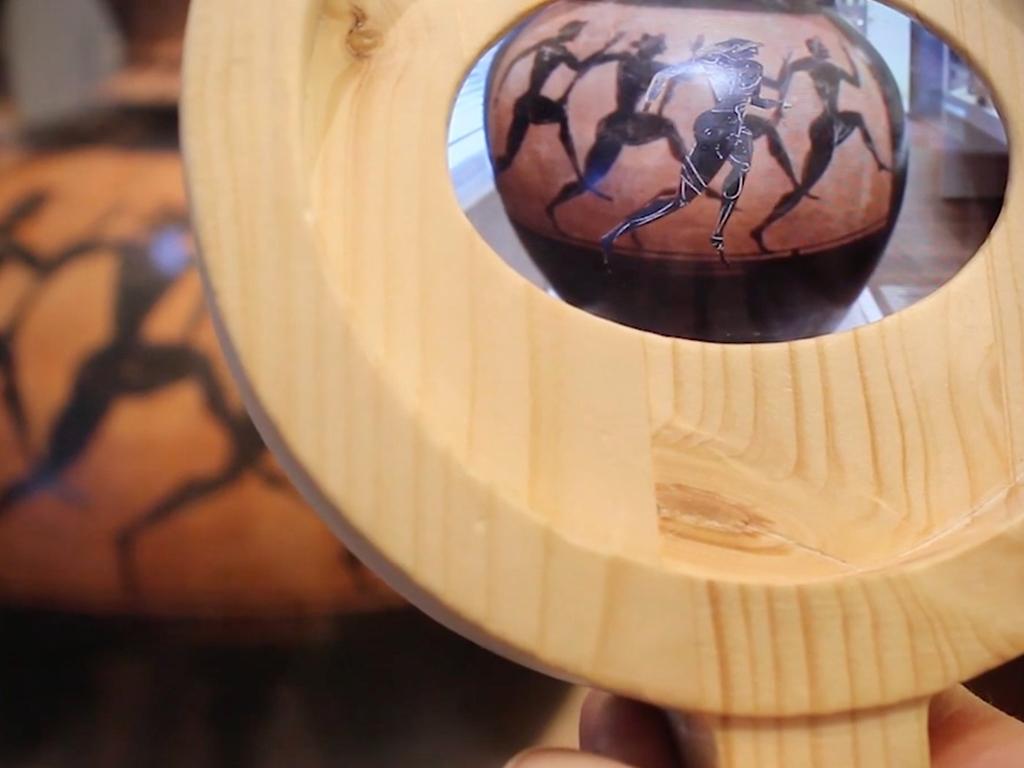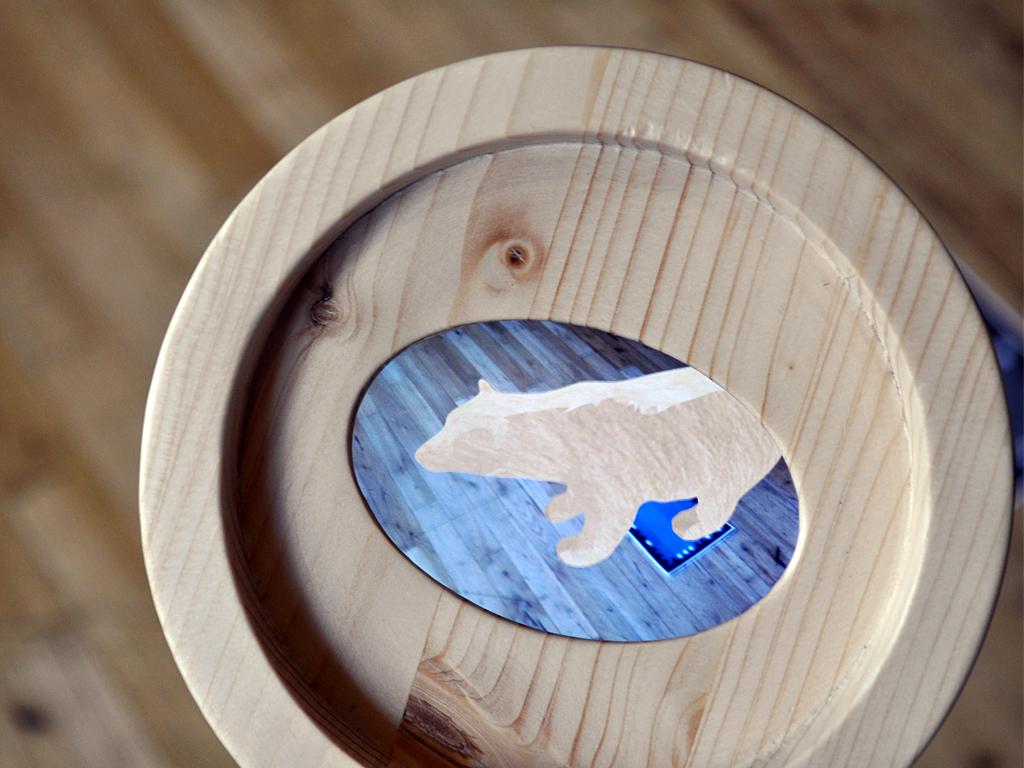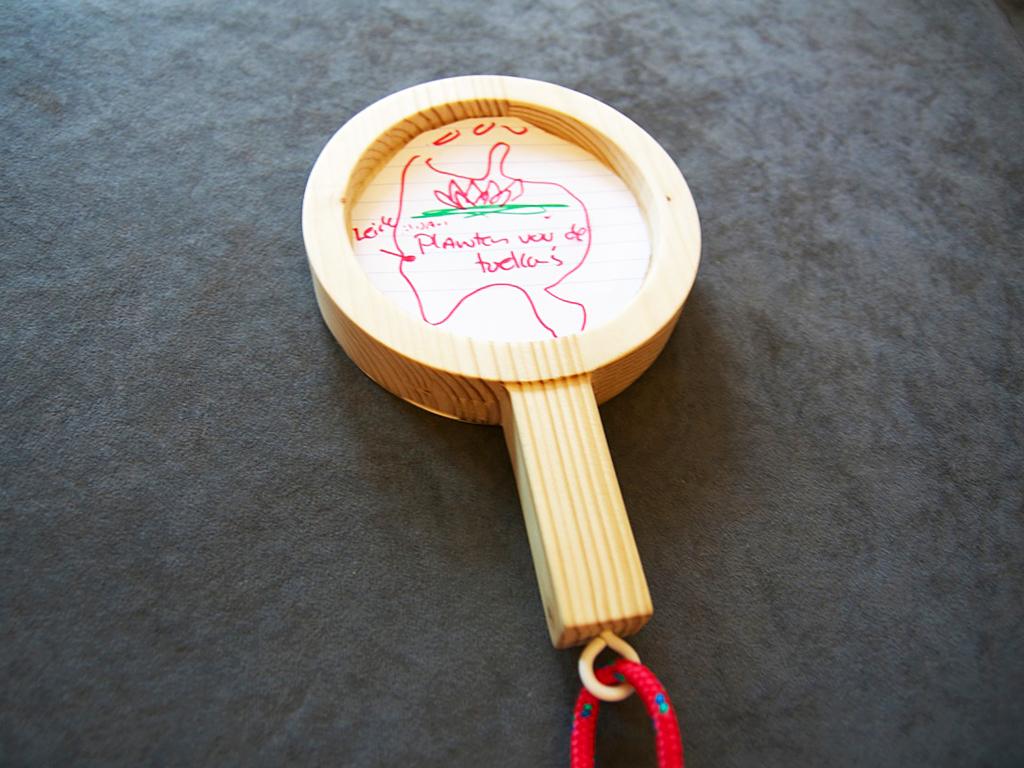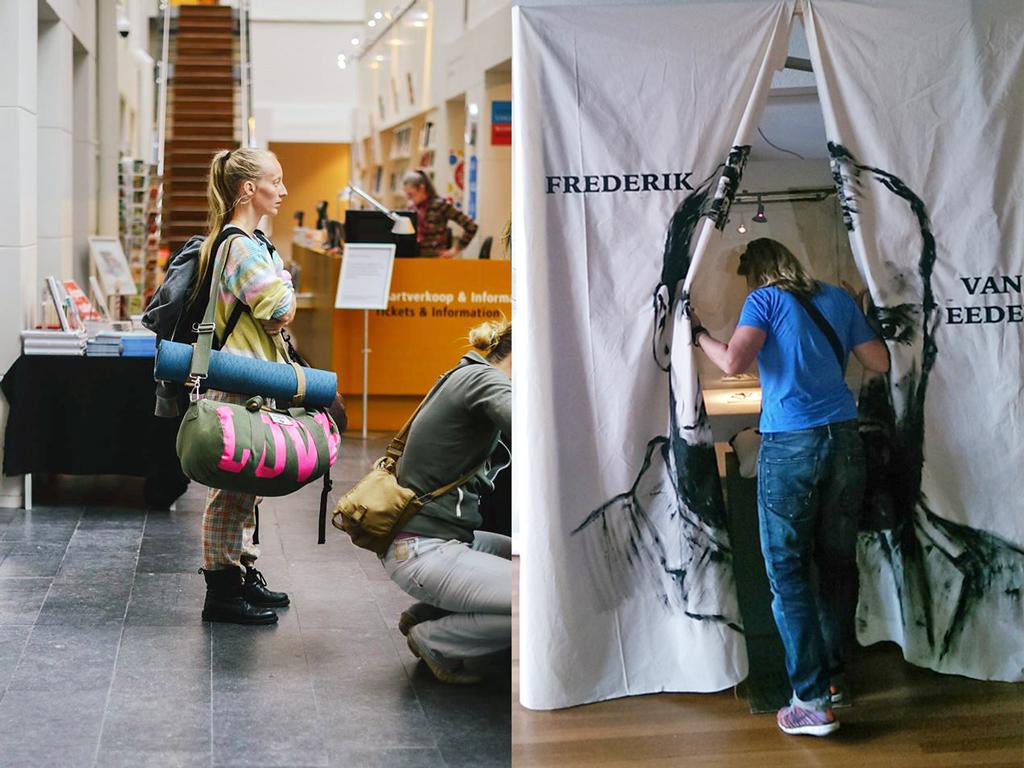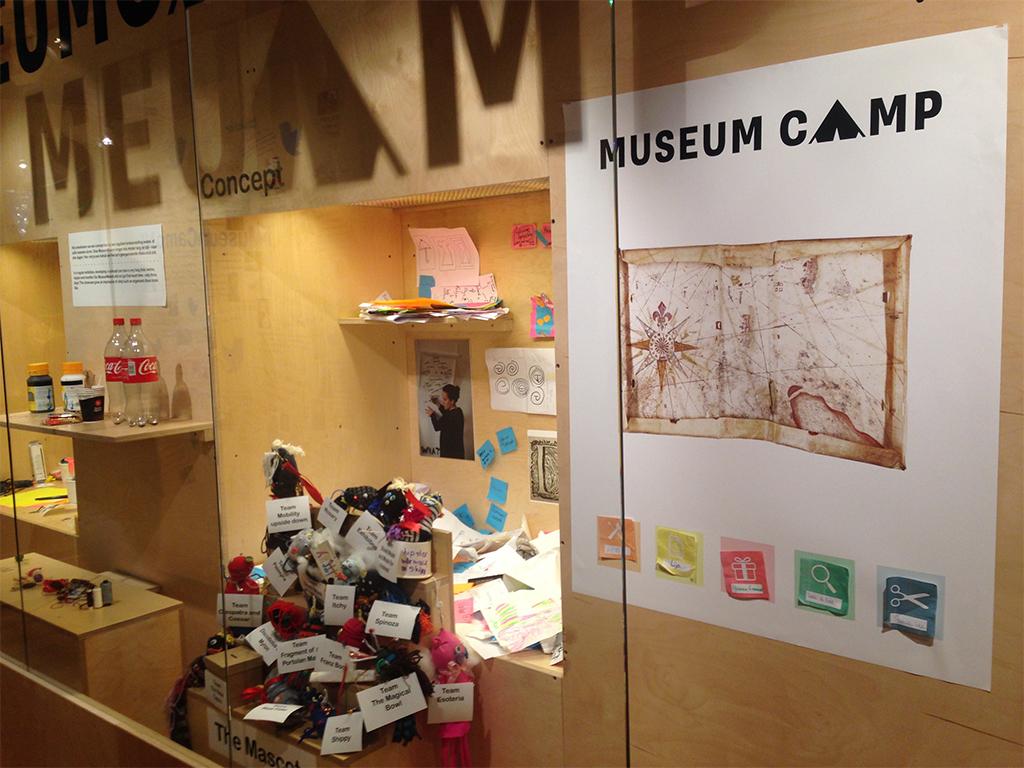How Living Labs partner in heritage innovation
In the RICHES project we explore the use of new technologies for cultural heritage experiences as one of the important aspects for change. We research and build innovative solutions for museums. Now, the prototypes we created will be part of eCultValue, a project that encourages re-use of prototypes for the heritage domain, which were developed in European projects. This means our Loupe will travel to Sofia for extensive testing!
Re-engineering curatorship
eCultValue recently selected three projects for uptake by Living Labs. We work with Digital Spaces Living Lab Sofia (DSLL) to re-engineer two interactive devices, so-called 'loupes', and implement them at the National Museum of History in Sofia. These devices have been developed as part of one of our other heritage projects, meSch (Material EncounterS with digital Cultural Heritage).
meSch aims to empower curators, artists and designers to create exhibits that bring materiality and physical interaction to the forefront of the visitor’s experience. Though many curators are open to creating and integrating interactivity into the design of exhibitions, for the majority there is a significant knowledge gap. How do we offer them the technological and the dramaturgical tools required to create interactive exhibits? Through a design-led approach, we aim to create– in collaboration with museums - a simple hard- and software platform that allows curators to conceive, design, make, alter and maintain interactive tangible devices themselves.
Exploring in detail
We developed the Loupe as an initial proposal to heritage professionals to start thinking about new storytelling solutions in their museum. The metaphor of a loupe, a magnifying glass, puts the visitor in an active, explorative role during the museum visit. The Loupe brings objects to life with images, overlays, animations and the magnifying function to show more detail, making things visible that are normally not visible to the visitor, like the inside of a closed object, or the daily context of a historic collection. Functionally, they use open source augmented reality software on a smart phone that is integrated in a wooden case.
We evaluated the Loupe with the Dutch Botanical Gardens as part of our co-creation trajectory and with the Allard Pierson Museum in Amsterdam as part of meSch. Now they will be reproduced and evaluated at the National Museum of History in Sofia. In December 2014, the living lab in Sofia, DSLL, will present the results of the concept validation, which will be shared with the meSch consortium. The ultimate goal? Further development of these and other interactive and innovative heritage tools.
In many FP7 Cultural Heritage projects innovative solutions for museums are being researched and built. The eCultValue project (FP7 - Grant Number 601114) encourages validation, re-use and distribution of prototypes that have recently been developed for use in the heritage domain.
